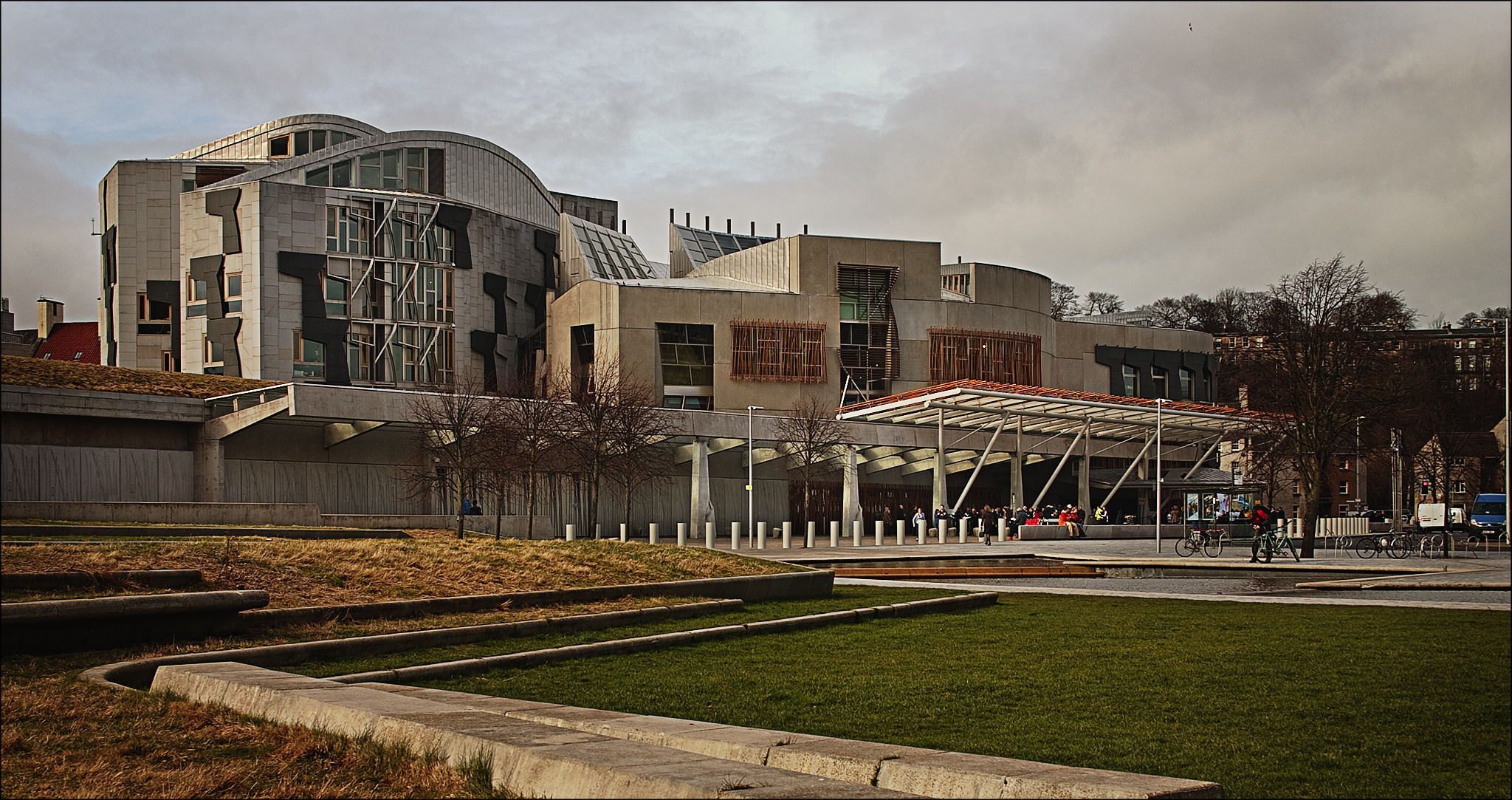The week before Christmas might not seem an ideal time to be mulling over the minutiae of economic forecasts and the implications of tax changes. But on Monday morning, the Fraser of Allander Institute (FAI) review of last week’s Scottish draft budget attracted a big turnout, and helped make sense of the numbers announced by Scotland’s Finance Secretary, Derek Mackay.
Here are some of the key issues to emerge from yesterday morning’s presentations.
- Growth: degrees of pessimism
Last month, the UK Office for Budget Responsibility revised downwards its growth forecast for the UK economy to less than 2%. The FAI, meanwhile, has forecast a slightly lower growth rate for the Scottish economy of between 1% and 1.5%. However, the independent Scottish Fiscal Commission (SFC) is much more pessimistic, forecasting growth in the Scottish economy of less than 1% up to 2021. If the SFC’s forecast turns out to be accurate, this would mean the longest run of growth below 1% in Scotland for 60 years.
Dr Graeme Roy, director of the FAI, suggested that the SFC’s gloomy outlook is based on the view that the Scottish working-age population is projected to decline over the next decade. In addition, the SFC also believes that the slowdown in productivity, which has been a blight on the Scottish economy since the 2008 financial crisis, will continue.
- Income tax rises: reality v perception
Mr Mackay proposed big changes in Scotland’s tax system, with five income tax bands stretching from 19p to 46p. While these measures attracted the biggest headlines for the budget, the FAI believes that most people will see little meaningful impact in their overall tax bill (relative to income). Charlotte Barbour, director of taxation at the Institute of Chartered Accountants of Scotland, also suggested that the tax changes are unlikely to result in any significant behavioural changes in the way people pay tax in Scotland. And, as has been noted elsewhere, high taxation does not necessarily lead to unsuccessful economies.
However, as the FAI highlighted, perception is important, and if Scotland comes to be seen as the most highly taxed part of the UK, this could have serious implications for business start-ups and inward investment.
- Taxation: two systems, multiple implications
Charlotte Barbour also highlighted some of the implications of the tax changes in Scotland that haven’t featured widely in press coverage. How the changes interact with areas such as Gift Aid, pensions, the married couple’s tax allowance, Universal Credit and tax credits will need careful examination in the coming weeks.
- Public spending: additional resources, but constrained settlements
The FAI’s David Eiser noted that Mr Mackay was able to meet his government’s commitments to maintain real terms spending on the police and provide £180m for the Attainment Fund. He also announced an additional £400m resource spending on the NHS. But these settlements are constrained in the context of the Scottish Government’s pay policy,
Mr Mackay’s plan offers public sector workers such as nurses, firefighters and teachers earning less than £30,000 pounds a year a 3% pay rise, and those earning more than that a 2% rise. For the NHS alone, this could cost as much as £170m.
In addition, analysis published yesterday by the Scottish Parliament Information Centre (SPICE) has estimated that, if local authorities were to match the Scottish Government’s pay policy, this would cost around £150m in 2018-19.
- The budget’s impact on poverty
If the growth forecasts are correct, even by 2022 real household incomes in Scotland will be below 2007 levels. Dr Jim McCormick, Associate Director Scotland to the Joseph Rowntree Foundation, looked at the Scottish budget in the context of poverty, and suggested that three principles need to be addressed before the budget can be finalised: there are opportunities both to increase participation by minority groups in employment and to improve progression in low-wage sectors, such as hospitality and retail; energy efficiency is one important way of lowering household bills and improving housing quality in the private rented sector; and options such as topping up child tax credits and more generous Council Tax rebates are better at reducing poverty than cutting income tax.
Finalising the budget
As all of the speakers noted, the Scottish draft budget is not a done deal. The minority Scottish National Party government in the Scottish Parliament needs the support of at least one other party to ensure its measures are adopted. The most likely partner is the Scottish Green Party, which has indicated that the budget cannot pass as it stands, but could support the government if an additional £150m is committed to local government.
It took until February this year before the Scottish Government’s 2016 draft budget could be passed. Time will tell whether a budget announced shortly before Christmas 2017 can finally be agreed before Valentine’s Day 2018.
The complete collection of slides presented at the Fraser of Allander Institute’s Scottish budget review are available to download here.
Our blog post on the Fraser of Allander Institute’s review of the Chancellor of the Exchequer’s 2017 Autumn Budget is available here.



You must be logged in to post a comment.